
A Closer Look
By: Clarence Collison Recognition Within the honey bee colony, recognition of nestmates from aliens is based on olfactory cues. Recognition of colony members is…
Read More
By: Clarence Collison Recognition Within the honey bee colony, recognition of nestmates from aliens is based on olfactory cues. Recognition of colony members is…
Read More
2016 International Conference on Pollinator Biology, Health and Policy The Center for Pollinator Research at Penn State University will be hosting the third International…
Read More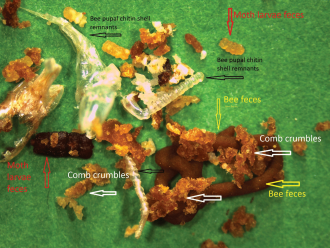
By: Don Coats You never know what you might find. Bee Pupal Chitin Shell Remnants were rather abundant. This might suggest that pupae were being…
Read More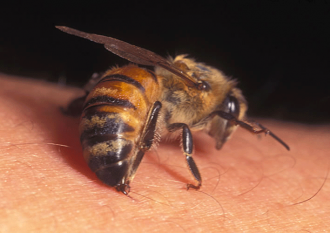
By: Sharla Riddle Zap! Stings happen. Even the most experience beekeepers catch a sting occasionally. It’s the price we pay for those beautiful jars…
Read More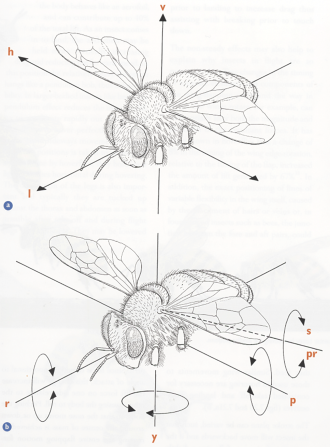
By: Clarence Collison Wings and Flight “Wings are not true appendages like the legs but are thin outgrowths of the skeleton which have been…
Read More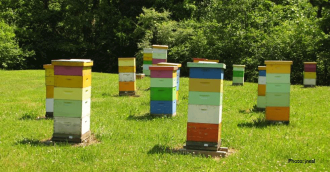
by Lloyd Harris Every tangible object can be represented with an oval, a rectangle, a triangle, or some combination of the three basic object…
Read More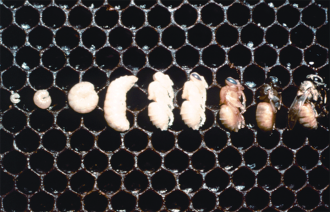
by Clarence Collison Honey bee larvae are frequently inspected and, sometimes, provided with food by adult workers, but the stimuli that elicit the important…
Read More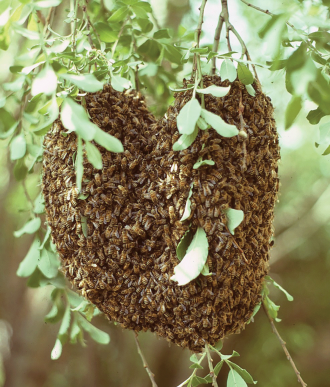
by Ann Chilcott Just imagine returning home relishing setting down overfilled grocery bags, and sitting in the shade with a nice cup of…
Read More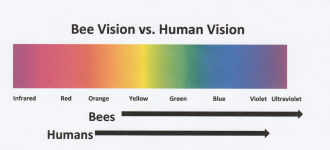
by Sharla Riddle Here’s an “eye-popping” fact: The USDA estimates that 80% of insect crop pollination is accomplished by bees. Scientists consider…
Read More
by Clarence Collison Although typically produced in very small quantities, hormones may cause profound changes in their target cells. Endocrine glands produce hormones that…
Read More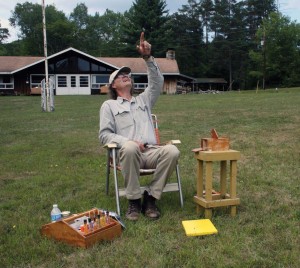
by Ann Harman You have read his books: Honeybee Ecology (1985), The Wisdom of the Hive (1996), and Honeybee Democracy (2010). You have attended…
Read More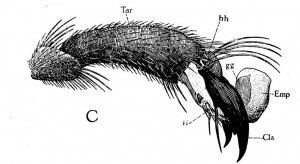
When honey bees walk across a surface, their feet often deposit an attractive, oily, colorless secretion that has a low volatility. This secretion has…
Read More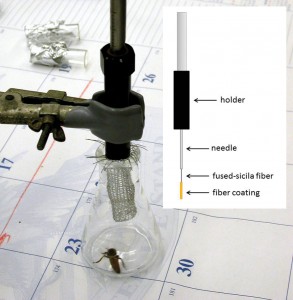
David Gilley & Corinna Thom Bees and beekeepers share many things including the incessant drive to find food and eat it, behavior referred to…
Read More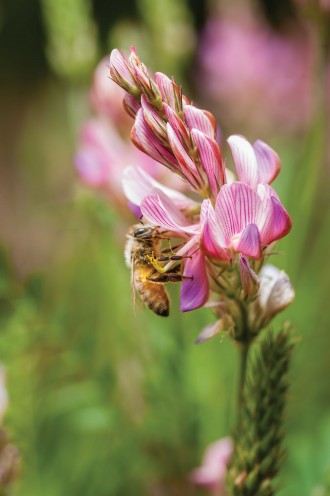
by Skylar Christensen “We are getting near,” said Gandalf. “We are on the edge of his bee-pastures.” It started in early May. A…
Read More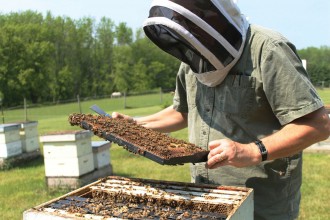
by Ulrike Lampe Every year in early Spring, beekeepers inspect their hives to find out if and how their bees have made it through…
Read More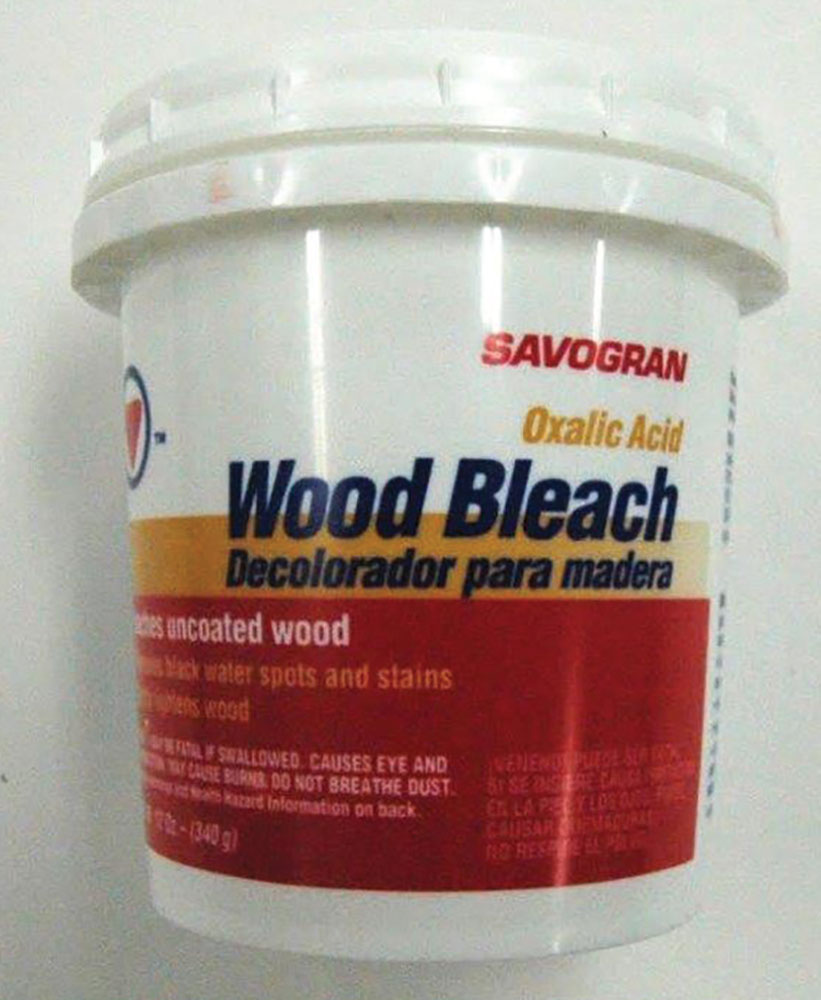
by Jennifer Berry Years ago, while still working on my graduate degree, I met Dr. Marion Ellis, a professor of Entomology at the University…
Read Moreby Clarence Collison Worker honey bees begin their first use of venom when they attain an age of of about 14 days for defense…
Read More
Pollinator Habitat Is Disappearing At Rates Usually Reserved For Descriptions Of Amazon Rain Deforestation Michele Colopy Pollinator Stewardship Council If we are to address…
Read More
By Clarence Collison Reproducing Varroa females lay the first egg in the brood cell approximately 70 hours after host cell capping. The life cycle…
Read MoreScattered all through the body cavity of the honey bee but especially in the abdomen are irregular masses of a soft, usually white tissue…
Read More